A sixty-year-old neighbor who pampers a Cordovan patio overflowing with carnations and gypsies. The bread sprinkled with oil along with a handful of olives that extols our portion of the Mediterranean diet. The passion of flamenco and the summer solstice in the Pyrenees. just some intangible heritage of Spain that evoke as many nuances as stories.
In 2003, the UNESCO committee designated the Convention for the Safeguarding of the Intangible Cultural Heritage , highlighting a heritage that goes beyond monuments: oral traditions, social uses, rituals and knowledge linked to a specific place on the planet.
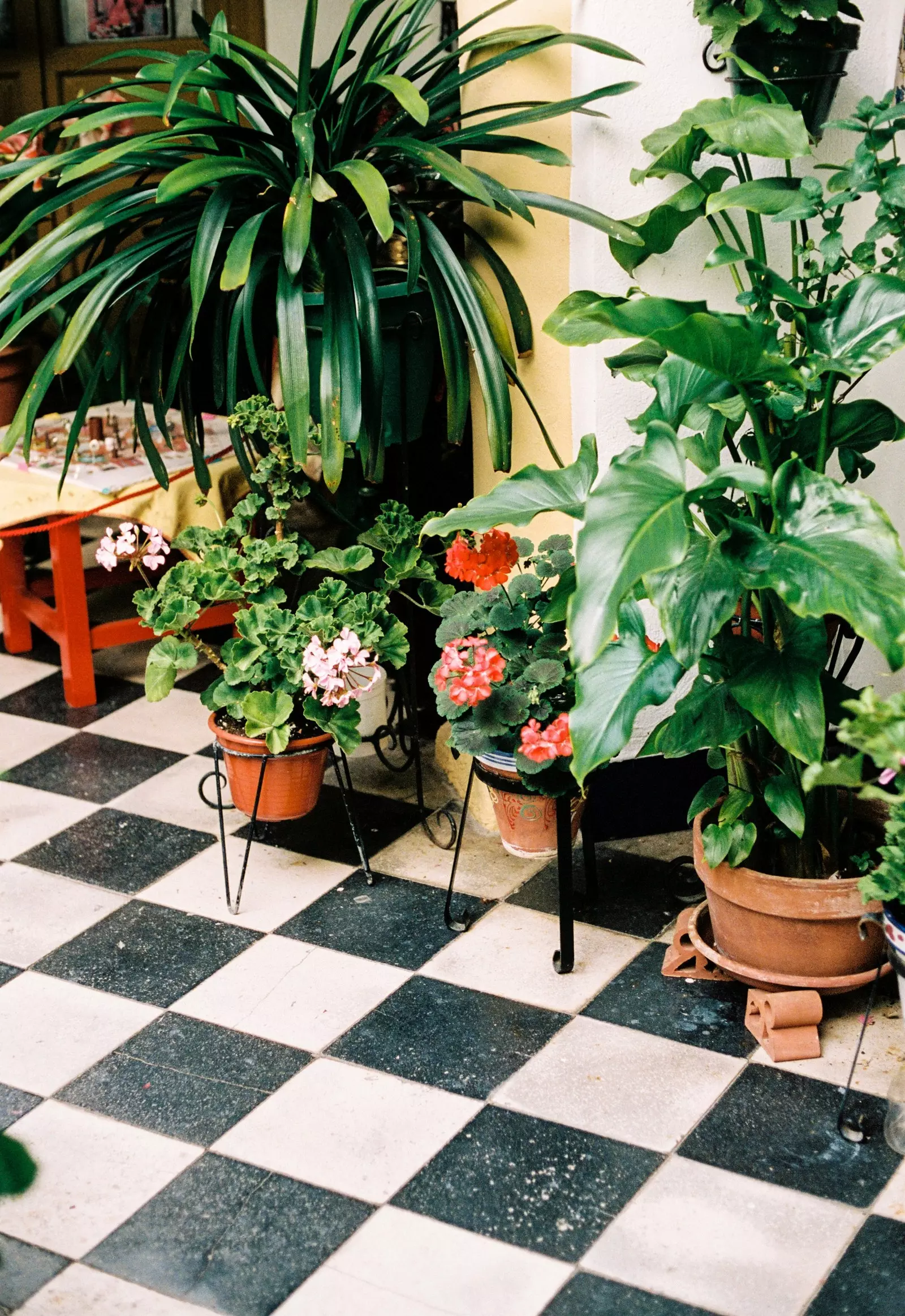
Patio of the neighborhood of San Basilio, in Córdoba.
Spain encompasses so far 17 intangible assets , although there are still many other traditions currently working on his candidacy. We discover Spain in a different way through those intangible heritages that UNESCO does not yet know about and that could be presented over the next two years.
THE CIDER CULTURE OF ASTURIAS
Asturias is a land full of traditions : since he ran ran , typical Cabrales dance, until the ciders , or winter masquerades, passing through a heritage as iconic as its cider culture. Since 2010, the Principality has fought for the recognition of cider as intangible heritage , a milestone that was boosted in 2014 after being declared an Asset of Cultural Interest.
Currently there is a firm proposal to achieve the design, being the apple festival one of the occasions to remember that Asturians "will continue to fight" for this recognition. And something tells us that UNESCO will end up succumbing to a cup of cider (not sidriña, or it would anger the Asturians).

Pouring of cider.
THE ESPETO OF MALAGA
Few pictures are as Malagasy as a boat on the sand loaded with skewers, or the art of inserting sardines in fine rods while they are roasted with firewood . The espeto from Malaga has become one of the main features of the identity of the Costa del Sol , which is why in recent years its candidacy for UNESCO Intangible Heritage has been promoted.
Last February, it was constituted the table of skewers , focused on coordinating all the necessary actions to safeguard this tradition and gain universal recognition.
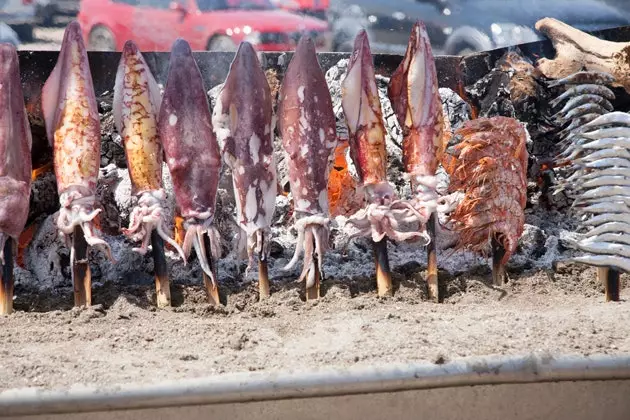
A full wait.
THE ARAGONESE JOTA
Spain could be defined through its dances and one of them is the Aragonese jota. This tradition is expressed through dancers and singers to the rhythm of the guitar, the lute and the bandurria that make up a soundtrack born in the 18th century in the valleys of Aragon, although many point to an Arab and even Venetian origin.
a country dance whose candidacy for intangible heritage was transferred this summer by the government council to the Ministry of Culture.
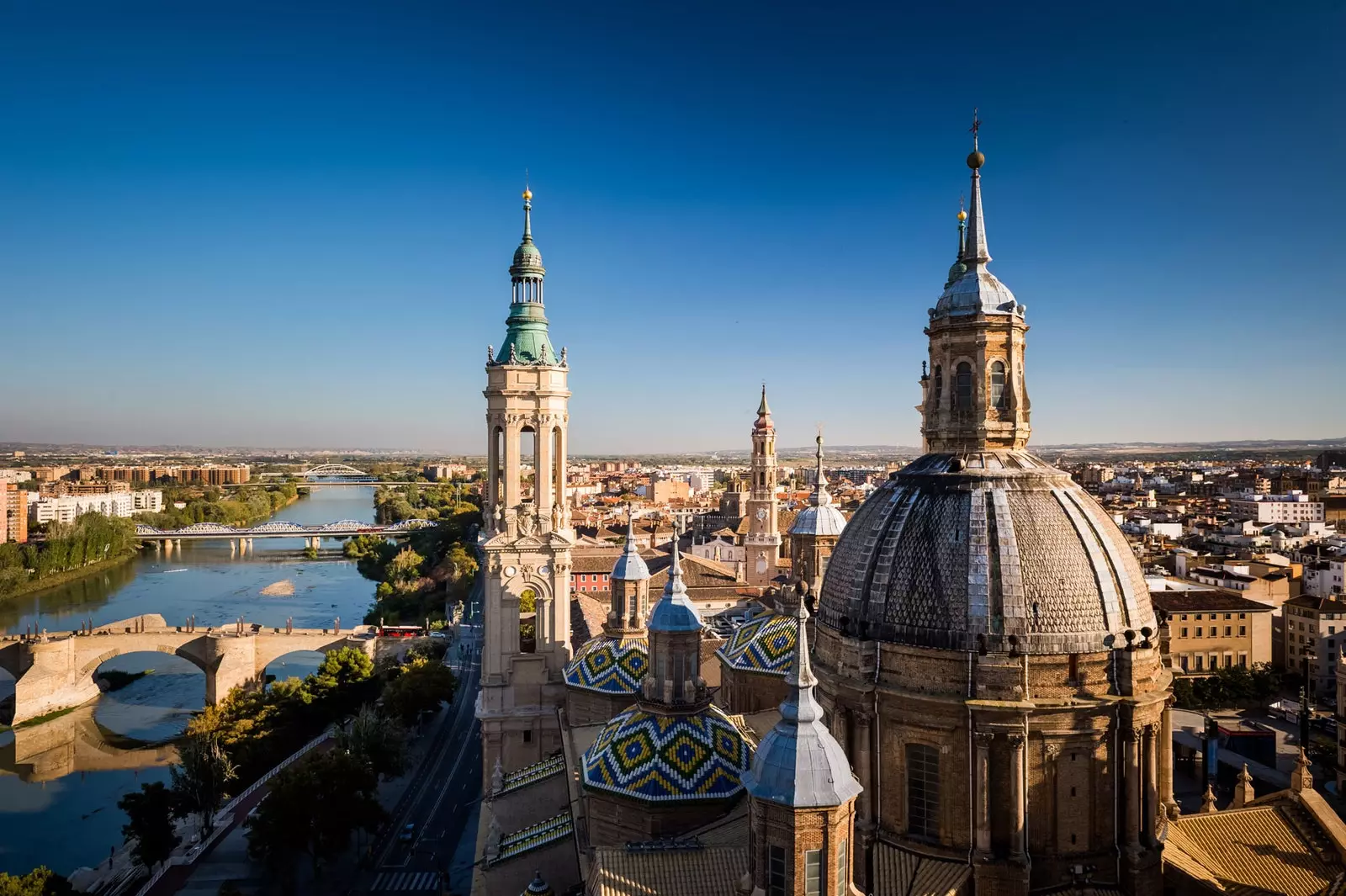
Basilica del Pilar, next to the Ebro, in Zaragoza.
MANUAL TOLLING OF THE BELLS OF FUERTEVENTURA AND LANZAROTE
The sound map of the Canary Islands is full of nuances : the echo of the Gomeran whistle between lush ravines, the waves hitting the cliffs of Los Gigantes and even, yes, the infamous sound of an erupting volcano. However, one of the most fascinating sounds belongs to the language of the bells of the islands of Lanzarote and Fuerteventura.
Until 19 churches and shrines have been compiled this summer to protect these neglected temples and extol the manual ringing of the bells , custom presented as a candidacy to UNESCO in 2019. Like the two Canary Islands, also the Manual Ringing of Bells of Albaida, in Valencia , has been clamoring for his candidacy since 2018.
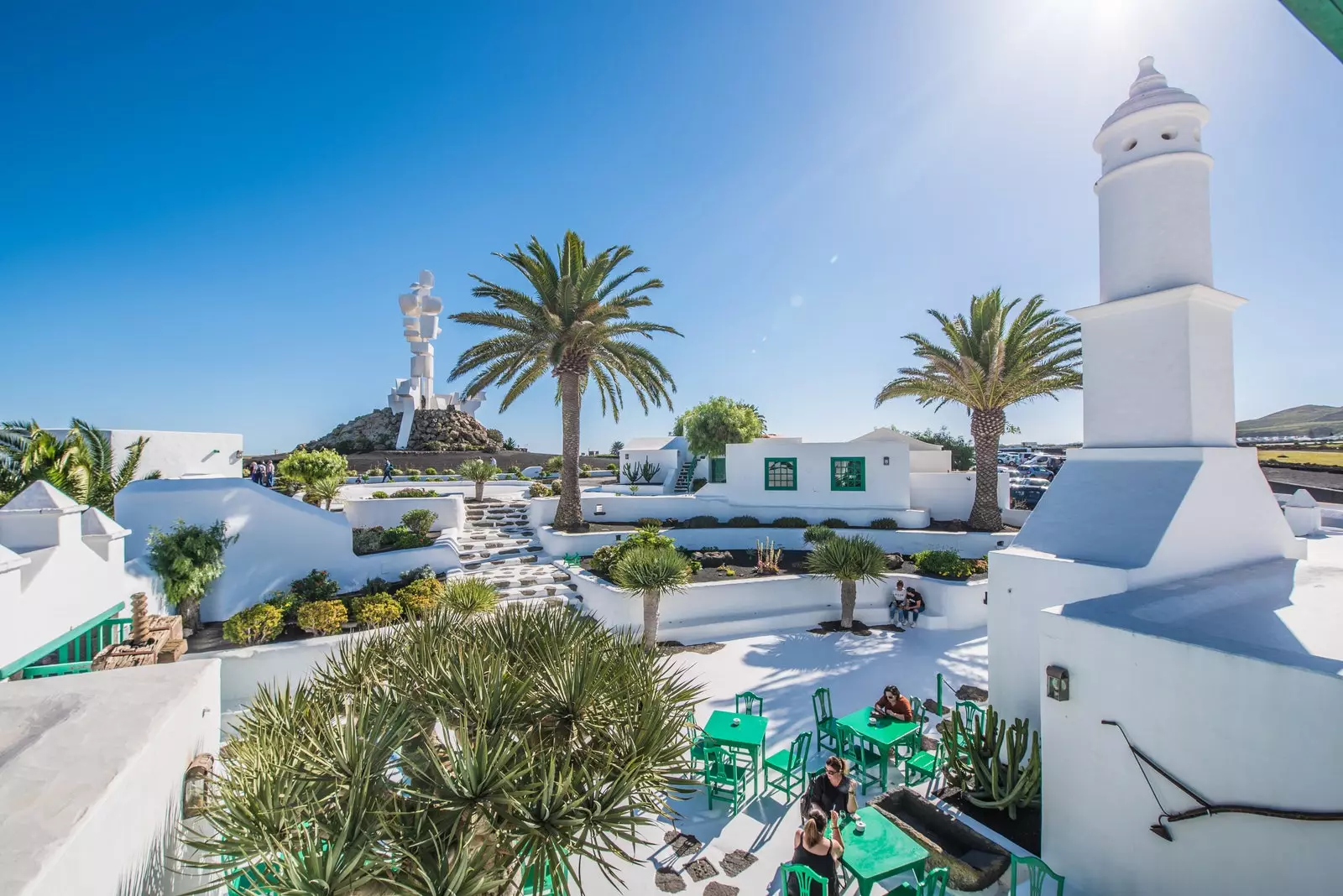
House Museum of the Peasant, Lanzarote.
MUSIC BANDS OF THE VALENCIAN COMMUNITY
From the mascletás to the dolçaina, the sounds of La Terreta find in their music bands one of the best exponents of their party culture. pure moving music that enlivens the patron saint festivities of the different municipalities, as confirmed by the almost 2,000 bands registered in the community , with a mean of three bands per population.
The origin of this tradition is born from the stringed instruments derived from the so-called “military music”, which was booming at the beginning of the 19th century, and which mutated into village festivals that still beat strongly today. The Federation of Musical Societies of the Valencian Community is already preparing its candidacy, supported by the Generalitat Valenciana.
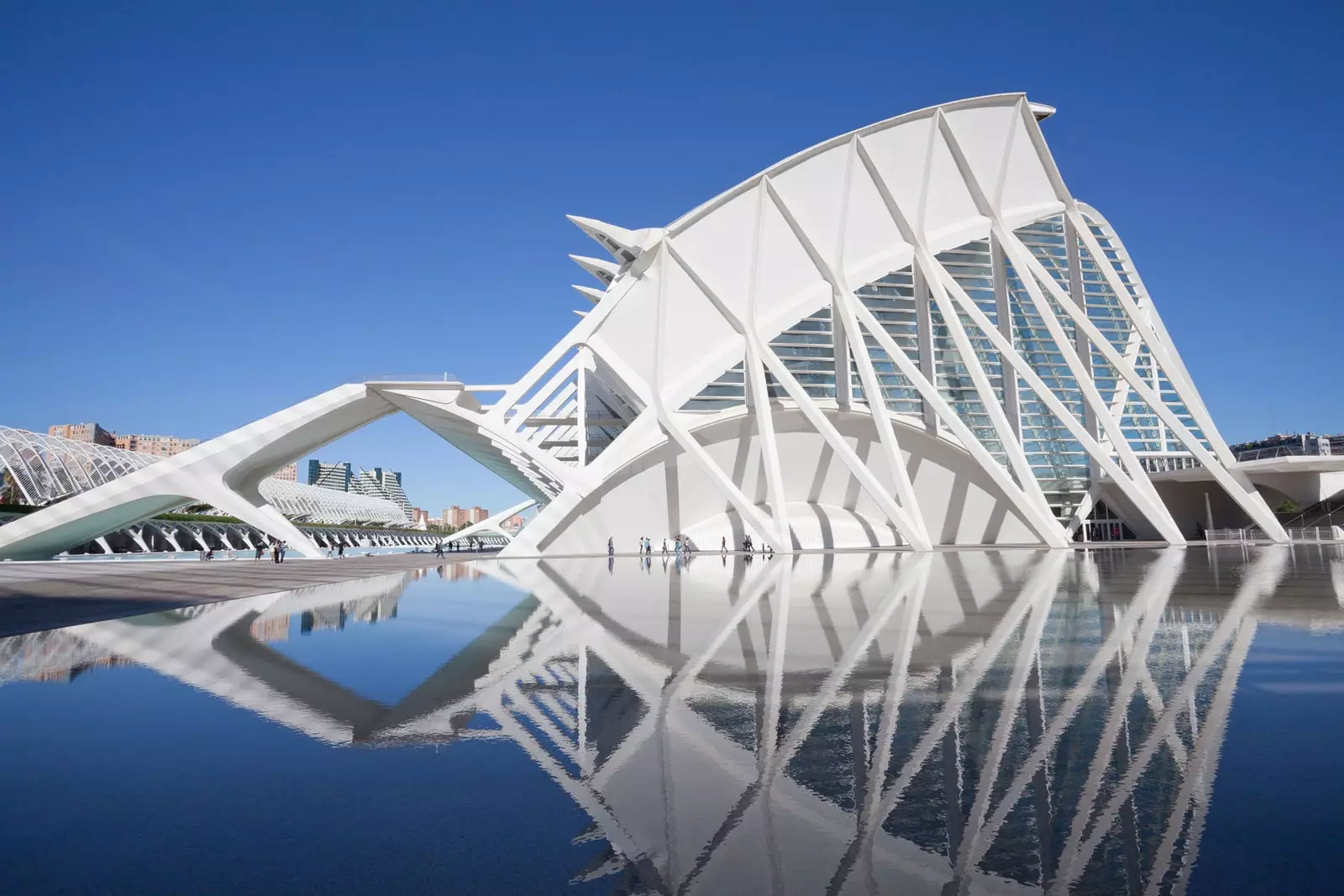
Valencia.
MARBLE FROM MACAEL (ALMERIA)
Beyond stews like cuajadera, the symbol of the Indalo or the peoples of western Almeria, The Andalusian province has many other signs of identity, such as the Macael marble.
The one known as "White gold" is extracted from the quarries of the town of Macael since the Middle Ages and today we can find it in icons like the caliphal city of Medina Azahara, in Córdoba, or even the fountain of the Patio de los Leones of the Alhambra in Granada.
The largest mortar in the world, which can be found in the center of Macael, confirms the potential of this tradition in whose candidacy the city council of Macael is already working and different associations of artisans.
DRINK THE FRESH (CÁDIZ)
This summer, the mayor of the Cadiz town of Algar confirmed his intention to turn the talks al fresco into Intangible Heritage of Humanity . A piece of news that highlights our custom of enjoying a chat in a group of chairs in the street where stories prevail (and the participation of good tertulians).
At the moment, there is only one message on the City Council's Facebook page announcing the intention to start the procedures, but we are sure that sooner or later Unesco will be seduced by this custom.
The province of Cádiz also promotes these months the candidacy of its famous Carnival from the Chair of Carnival of the University of Cádiz (UCA).

Talks to the fresh, a treasure to preserve.
RIVER TRANSPORT OF WOOD FROM HUESCA
The one known as descent of nabatas from Sobrarbe , in the province of Huesca, began its file to a possible enrollment in 2022 as Intangible Heritage of Humanity.
This initiative was presented jointly with other countries such as Austria, the Czech Republic, Germany, Latvia and Poland. to promote the ancestral trade of nabatero, in charge of transport the felled trees in wooden boats down the river , in this case the Cinca River, since the 16th century.
